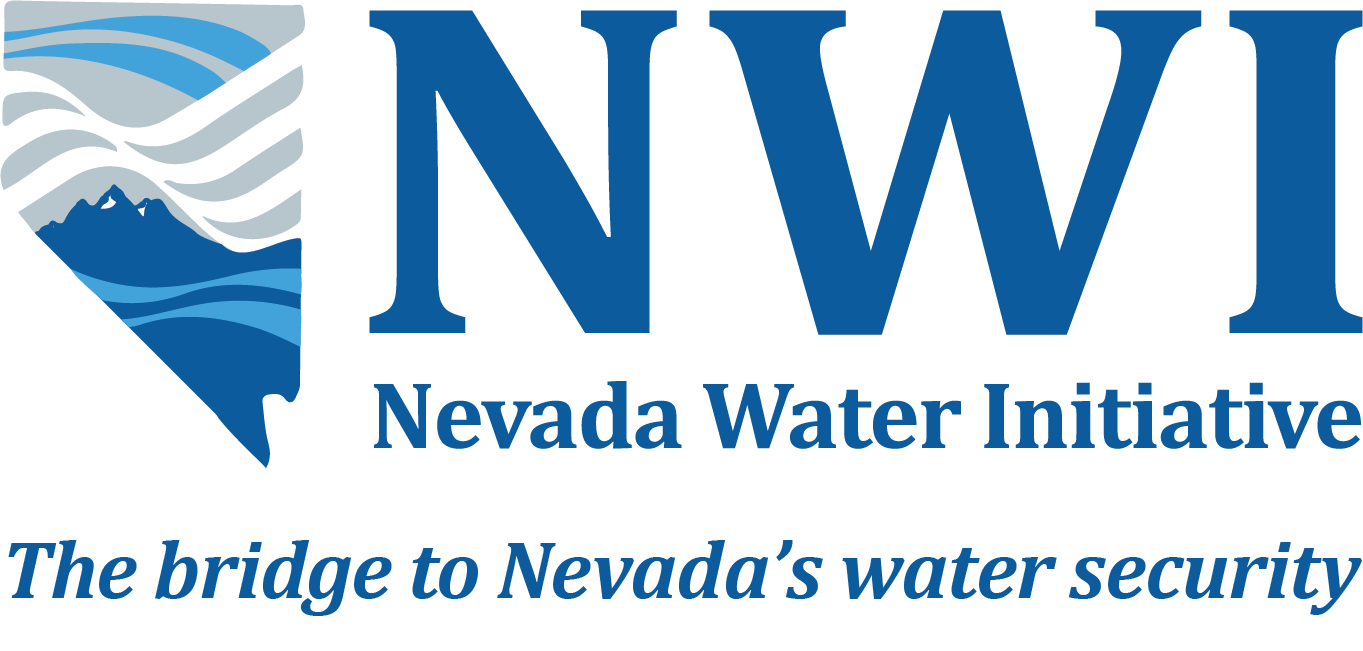Improving the accuracy of spatially distributed groundwater recharge estimates over time is crucial for enhancing the calibration of numerical models, thereby increasing their value as effective water-resource management tools. Additionally, understanding recharge is vital for comprehending Hydrographic Basin water budgets and determining water availability. This project task aims to compile and evaluate contemporary methods for estimating both annual recharge volumes and the spatial and temporal distribution of recharge across the Nevada hydrographic landscape.
Evaluation will encompass various methodologies, including water yield-runoff, chloride mass-balance, and isotopic approaches for volume estimation. Additionally, modified Maxey-Eakin style approaches, satellite-based datasets, and numerical model-based recharge estimates will be assessed. Modern approaches for estimating recharge typically demonstrate higher accuracy at smaller watershed scales due to the ability to achieve detailed measurements and observations. Evaluating recharge at larger scales presents greater challenges.
The study will compile and assess the results of watershed-scale methods, considering the diverse hydrographic basins and hydrologic landscape regions where they are applied. Subsequently, these methods will be evaluated for their utility in scaled-up applications across Nevada. The findings will be documented to develop a "toolbox” -style guidance document that can be used to select appropriate recharge estimation methods at the hydrographic basin-scale statewide. The identified methods will be specifically applied to Demonstration Basins to demonstrate their application and utility. The results of this study, along with the accompanying toolbox, will be published in a comprehensive Water Resources Bulletin report.
 |
